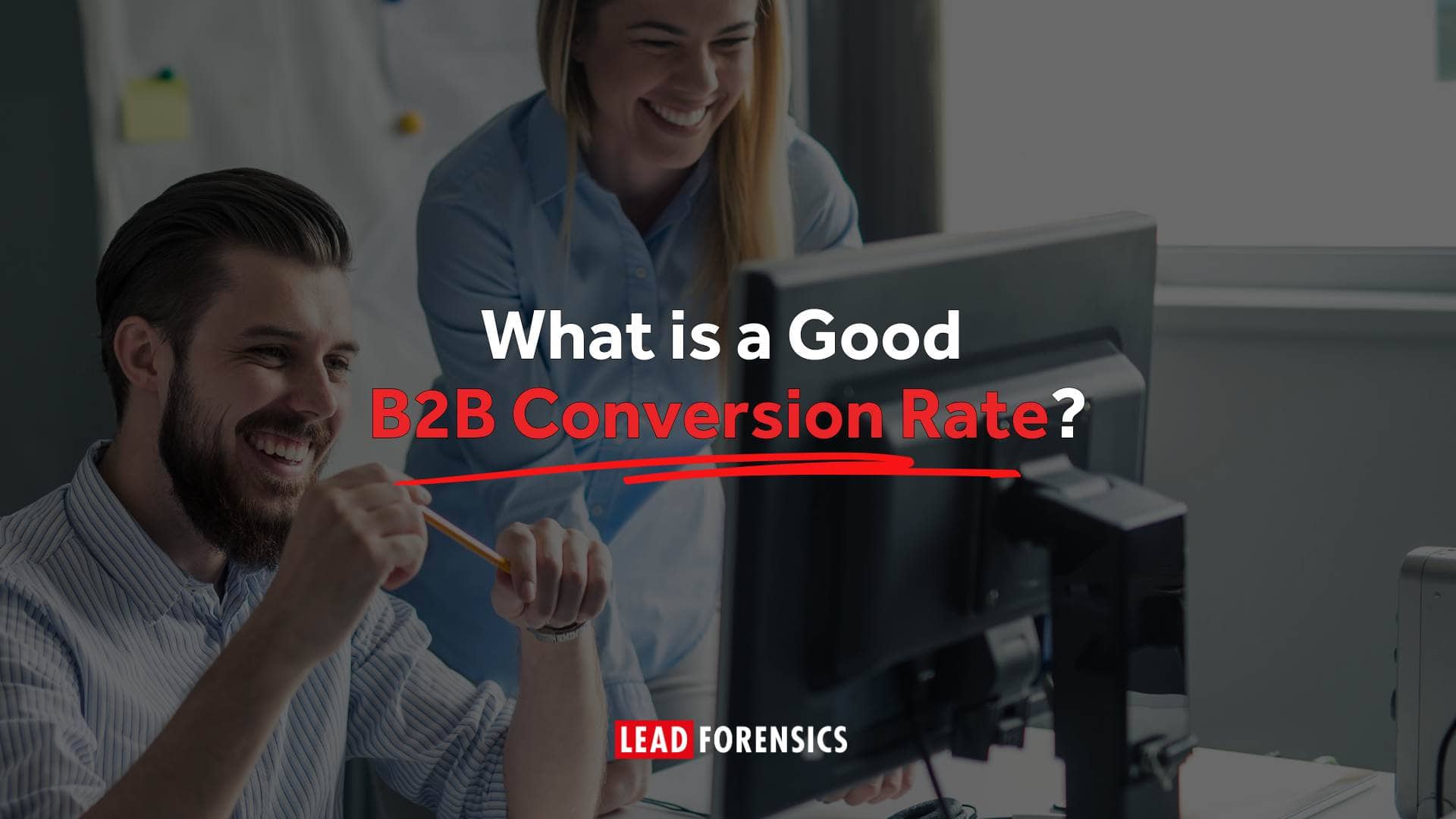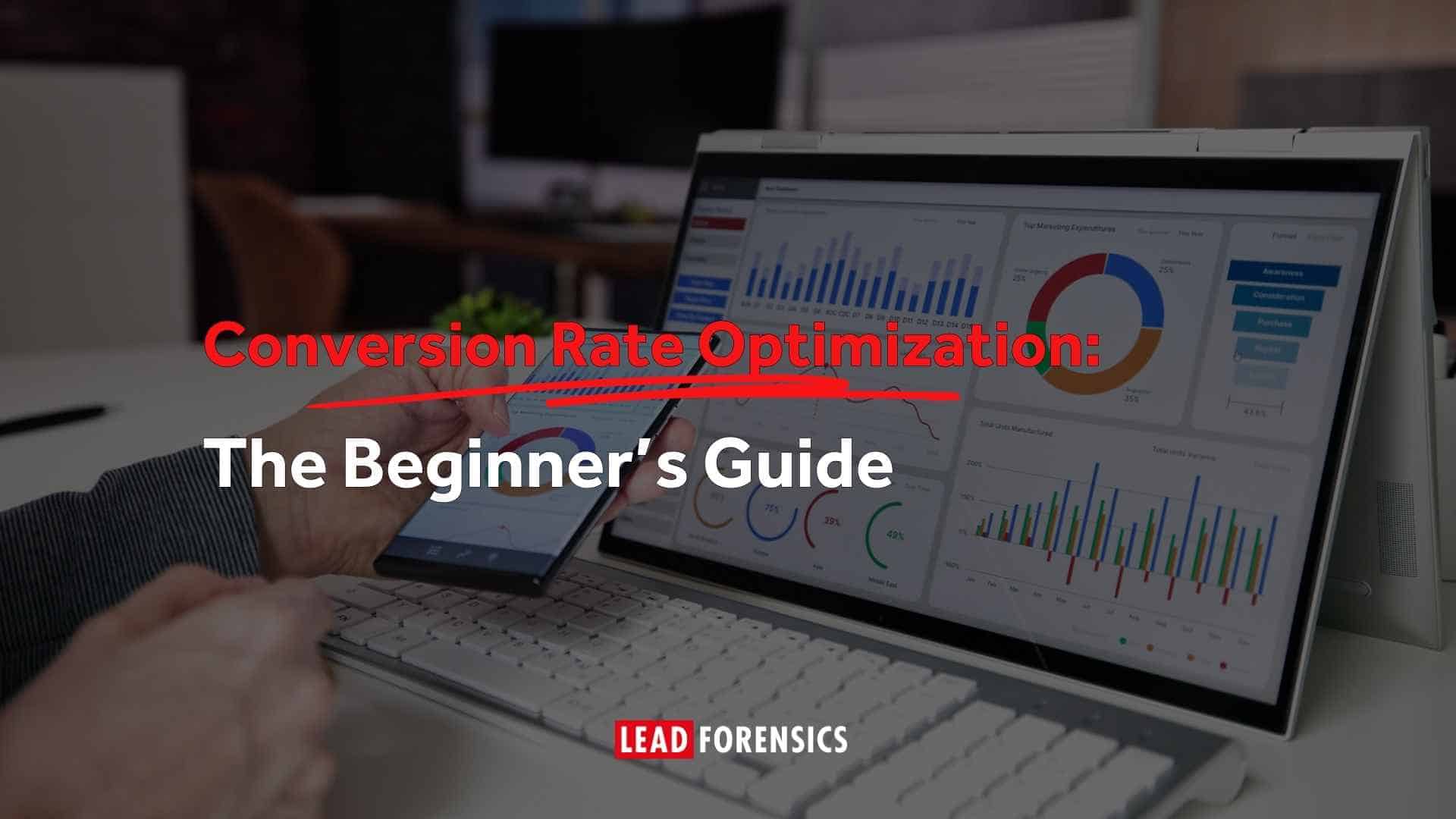Startups fail when they neglect to focus on the end user of their product. Established companies falter when they ignore the changing behavior of customers. What both groups have in common is a lack of understanding about who they are dealing with.
As a B2B, you need to fully understand your target audience, from their likes and dislikes, to what drives their decision making and where they go for information. When did you last take a walk in your clients’ shoes?
Sometimes a target market will be very clearly defined, yet a company still fails to attract the right kind of buyers. One reason for this may be that no buyer personas have been created, or if they have, something’s wrong with them.
Buyer personas make everyone who fits their description feel an elevating “yes, finally someone understands me.” This will encourage them to continue reading your website, to follow you on social media and potentially to become a paying customer in the future. However, setting up buyer personas can be tricky, so we’ve taken a look at the most common mistakes people make and what you can do to avoid them:
1. Misunderstanding What a Buyer Persona Is

The first point to bear in mind is that buyer personas aren’t meant to represent every potential client you have. They are a detailed description of a specific type of person within your target market, who you will keep in mind when creating your content. What would they want to read and be interested in?
People who fall into the same ‘type’ will relate to you in a similar way, so you don’t, for example, need to create a male and female buyer persona for each (unless your product is exclusively for males or females and there are different stories to tell). If you create a piece of content with a specific female persona in mind, it won’t deter males who fall into the same group.
That means your buyer personas will never be a 100% true representation of all your various customer groups, but they’re not supposed to be. They are simply a generic representation of the key people who are most likely to buy your product. They should guide you on what content to produce and which products and events are most likely to attract them.
2. Creating Too Many Buyer Personas

It can be so tempting to create a buyer persona for every potential prospect, but having too many personas is a rookie mistake. You may start with numerous personas during the development process, then it is crucial you focus in and reduce them down. Depending on the size of your marketing team, you should aim to concentrate on no more than two or three personas at a time. If you’re new to the whole concept, then it’s best to start with just one. Choose the persona which is most likely to convert and the most obvious fit for your company and product. You can always add more at a later stage.
3. Failing to Keep Buyer Personas Updated

When a company first decides to go for it with content marketing, they are always eager and will happily go through the buyer persona process. However, problems can arise when teams develop these personas but never look at them again. That’s a mistake, as buyer personas can change. As you get more and more information back from the market, use it to inform your understanding of your target audience.
4. Keeping Them in the Marketing Silo

Going through the process of developing buyer personas is usually a very cleansing experience for a company. It forces you to figure out and define exactly who you want to do business with. But this information isn’t something that should be confined to marketing. To achieve a comprehensive customer experience, which spans across all departments, it is important that everyone knows, understands and ultimately works with the buyer personas.
5. Forgetting about ‘Negative’ Personas

As well as knowing who you want to target, it’s important to know who you don’t. Students may not be your target market, but they may visit your website for research purposes. If that happens, you need to pinpoint what these groups are attracted to and be clear on how to recognize them (to avoid wasting energy on them). Negative personas also present an opportunity, as they will have a circle of influence in which you could get traction. The student downloading your latest whitepaper could be working as an intern in a company on your target list! It happens. The global economy we now operate in, means we’re all much better connected.
6. Not Analyzing Existing Data

Have you segmented your current database? Do you know who is in there, why and what their profile is? Do you know why your current clients buy from you? What personas do they fit? If you don’t know the answers, it’s time to get analyzing. Do surveys, interviews and find out as much as you can. Be careful when deciding on the questions you’re going to ask. Make sure they will generate relevant data that you can use to define your target markets and buyer personas, to attract more of the same.
7. Failing to include Decision Making

Another common trap to avoid is setting up your personas purely based on a profile or description of the buyer, not including any insights about how they make their decisions. Your personas need to help you truly understand them. A good way to do this is to include information about decision making criteria, attitudes and what may influence them.
Once you’ve developed your buyer personas, what should you do next?
The first step is to put together a buyer journey matrix that helps you map out your content, so you’re offering something for each persona, at each stage of the buyer journey. Then create the content, keeping each persona firmly in mind.
Remember, look at the personas regularly to ensure they’re still accurate, relevant and up to date. Another thing to consider is finding companies with the same, or similar, buyer personas and to explore partnering with them on your marketing campaigns.
A final top tip – and an important one – is to ditch the sales and marketing jargon. Make it worthwhile for prospects to get to know you and show you truly understand them. Humanize your content. After all, a transaction is not about B2B (business to business), it is about relationship building and will always be P2P (person to person).










